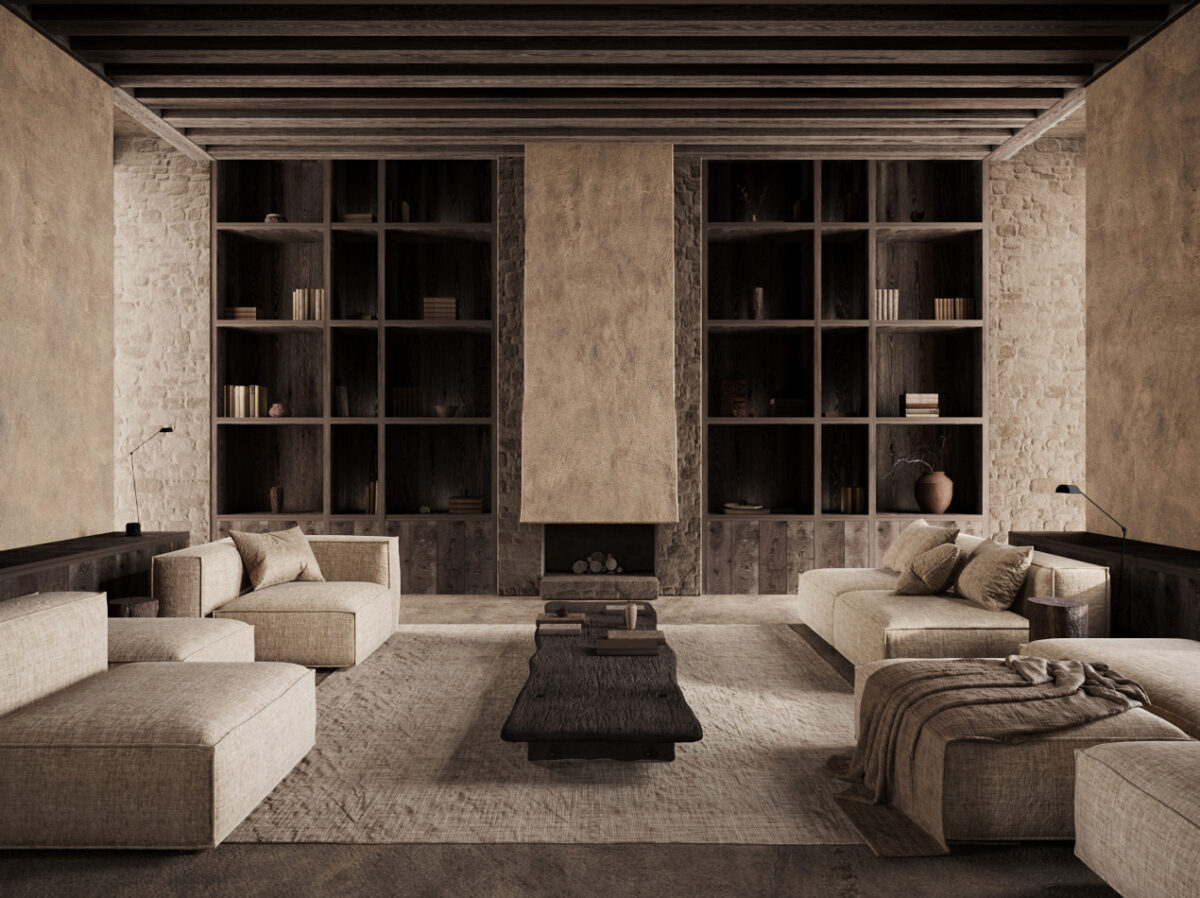
A Japanese pavilion near Kyoto
Kacper Niezabitowski is an architect based in Paris. Previously working with two awarded companies and currently working on his own projects he kindly sent me the residential project inspired by his travels.
A Japanese pavilion
The residential project is located near Lake Biwa which is a lake and a complex of natural wetlands, near Kyoto, Japan. Wetlands are a home to numerous endangered, endemic and rare botanical species. The most significant rare plant found here is the prickly lotus. Japanese oaks, willow trees, mangroves, and reeds overgrow this protected area. The richness of flora here is so varied, full of textures and colors.
Historically, this region has been devoted to agriculture and fishing, which nowadays still influences the special atmosphere of the landscape and traditional housing. In the past fisherman built their huts of stone and wood here. Most historical buildings that are seen in Japan today date back to the Joseon Dynasty.

Joseon Dynasty
Joseon architecture prioritized open spaces, elegant lines, and harmony with nature. Structures followed the fashions of curved roofs, large courtyards, and wooden beams and pillars. Builders preferred materials like stone, mud, and dark wood. Gardens placed less emphasis on perfect symmetry in favor of natural beauty. The combination of the strong architectural heritage along with all these natural aspects of this Japanese province created the perfect canvas for the project.
Japanese Pavilion
Architect: Kacper Niezabitowski





